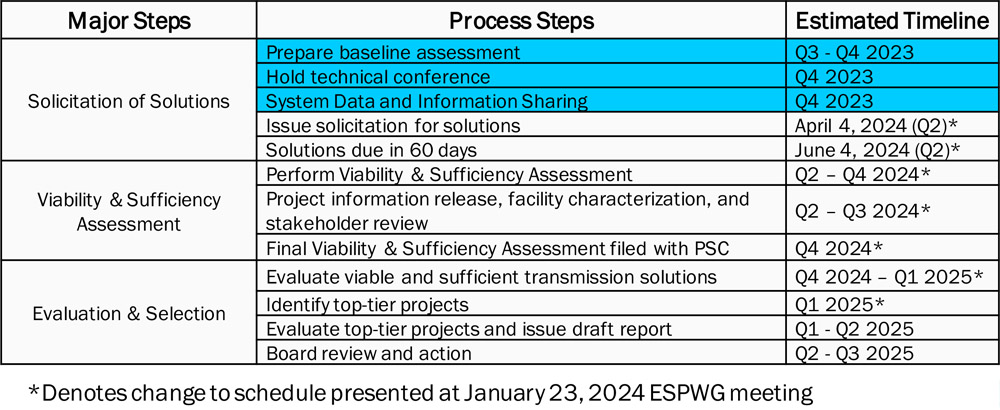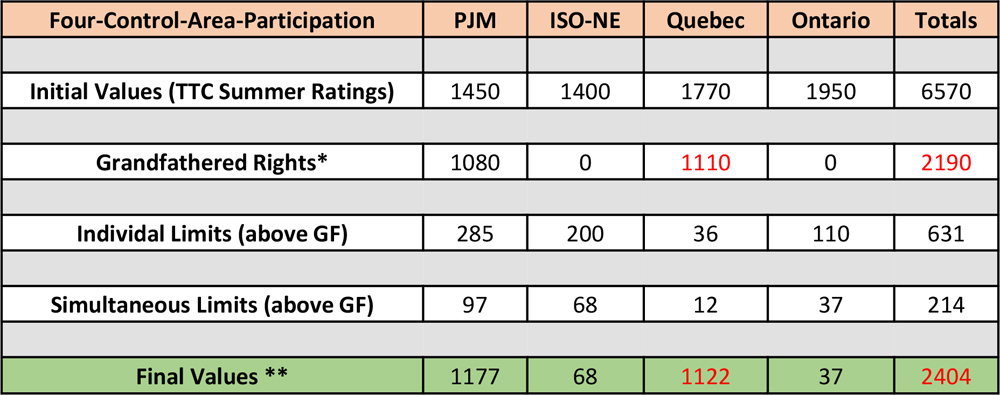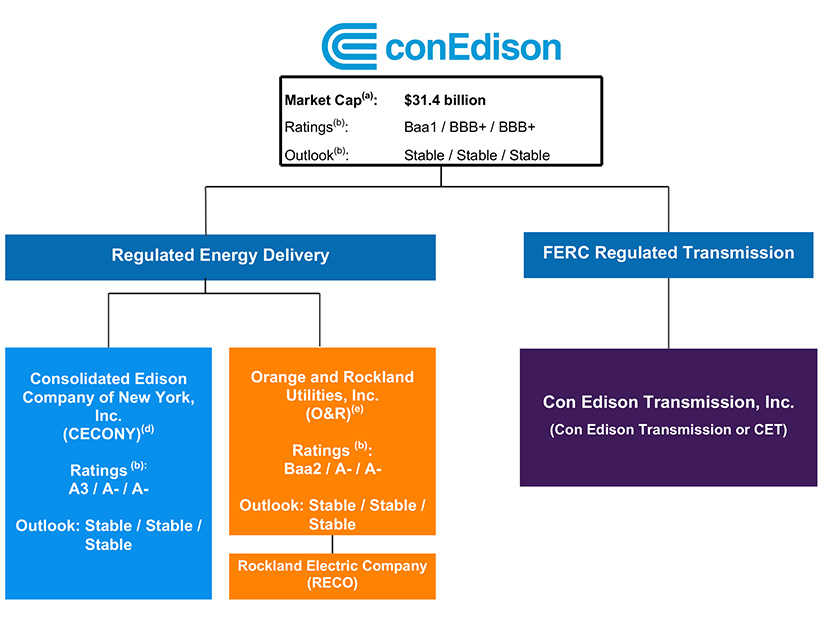PPL Corp. CEO Vincent Sorgi on Feb. 16 touted his company’s plans to prepare its utility subsidiaries for a changing grid.
“Looking ahead, we remain laser focused on creating the utilities of the future to advance the clean energy transition reliably, affordably and sustainably for our customers,” Sorgi said during an earnings call. “And throughout PPL, we’re driven to create long-term value for both our customers and shareowners.ˮ
The company reported annual earnings of $740 million, which were down slightly from 2022 in the face of milder temperatures, more storms and a more challenging economy in 2023.
PPL owns utilities in Pennsylvania, Kentucky and Rhode Island, and Sorgi reported “constructive regulatory outcomes” in the latter two. Kentucky regulators approved $2 billion in spending on generation, while the Rhode Island Public Utilities Commission approved PPL’s first infrastructure safety and reliability plan since the company purchased Rhode Island Energy from National Grid in 2022.
“In addition, we received the green light to deploy advanced metering functionality across Rhode Island as we lay a foundation for a smarter, more resilient, more reliable and more dynamic electric grid capable of supporting the state’s leading climate goals,” Sorgi said.
PPL is planning to invest $14.3 billion in capital spending from 2024 to 2027, which will strengthen reliability and resiliency while enabling more clean energy and keeping a lid on costs for customers, Sorgi said. That will translate into rate-base growth of 6.3% annually, compared with 5.7% last year.
The company does not plan to file any rate cases this year, though it might go to the Pennsylvania Public Utility Commission for a waiver request “in the near future” to accelerate the replacement of aging infrastructure at PPL Electric Utilities, Sorgi said.
PPL’s long-term plans are to continue hardening its transmission and distribution systems against climate change, improving its cybersecurity and rolling out advanced grid technology.
“It means expanding our industry-leading use of technology, including smart grids, automation, data analytics, AI and technologies that haven’t even been invented yet to build a self-healing grid,” Sorgi said. “It means investing in R&D to drive innovation to advanced technologies that can be scaled safely, reliably and affordably to meet our customers evolving energy needs.”
The company plans to expand its transmission system and add grid-enhancing technologies (GETS) to existing lines to connect more renewables and improve reliability. It also expects to invest in its distribution system to manage two-way power flows as more distributed energy resources are connected.
The broader energy transition is going to require significant investments from the entire sector, Sorgi said.
“The industry and others are projecting a 200 to 300% increase in electricity demand, which will require additions of reliable generation unless we see unprecedented amounts of energy conservation,” he said. “At the same time, aging fossil fuel plants in this country are being retired very rapidly, without replacements of reliable dispatchable generation capacity.”
Sorgi said the math does not add up, with fossil fuel plants representing 50% of the total generation capacity in the country and some of the needed replacement technologies not ready. The power industry tends to take 40 years to commercialize new technology, but that is not good enough now, he said.
“We need to cut that time frame in half, at least, to meet net zero-by-2050 targets, especially as we think about the big four new potential technologies: nuclear [small modular reactors], carbon capture and sequestration, long-duration energy storage and hydrogen,” Sorgi said. “In the meantime, we need to leverage commercially viable resources that exist today to reduce our carbon footprint while maintaining reliability.”
For now, the industry will need to continue using natural gas plants to balance renewables and keep the lights on, he added.



